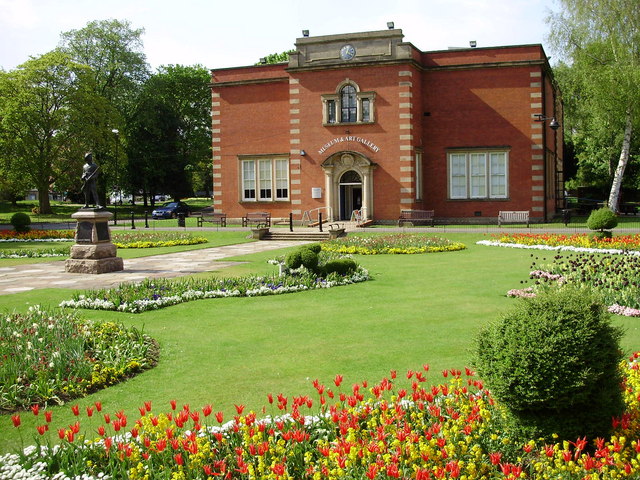Hardscaping refers to the non-plant elements of landscape design, such as patios, walkways, walls, and other structural features. Incorporating hardscaping into landscape design offers numerous benefits, including enhanced functionality, improved aesthetics, and increased property value. Professional landscapers use hardscaping to complement and enhance the natural elements of a garden, creating a balanced and visually appealing outdoor space.
1. Improved Functionality: Hardscaping elements add functionality to outdoor spaces by providing practical features such as pathways, seating areas, and outdoor kitchens. Patios and decks create areas for dining and entertaining, while walkways guide visitors through the garden and prevent soil erosion. Retaining walls and raised beds offer solutions for uneven terrain and create additional planting areas.
2. Enhanced Aesthetics: landscaping Nuneaton adds visual interest and structure to a landscape. Landscapers use materials such as stone, brick, and pavers to create attractive features that complement the natural elements of the garden. The use of geometric patterns, contrasting colors, and textures enhances the overall design and creates a cohesive look.
3. Increased Property Value: Well-designed hardscaping can significantly increase the value of a property. Features such as custom patios, outdoor kitchens, and elegant walkways add appeal and functionality, making the property more attractive to potential buyers. Professional landscapers create hardscaping elements that are both durable and visually appealing, enhancing the overall value of the property.
4. Low Maintenance: Hardscaping elements generally require less maintenance compared to plants and lawns. Materials like concrete, stone, and brick are durable and resistant to weathering, reducing
